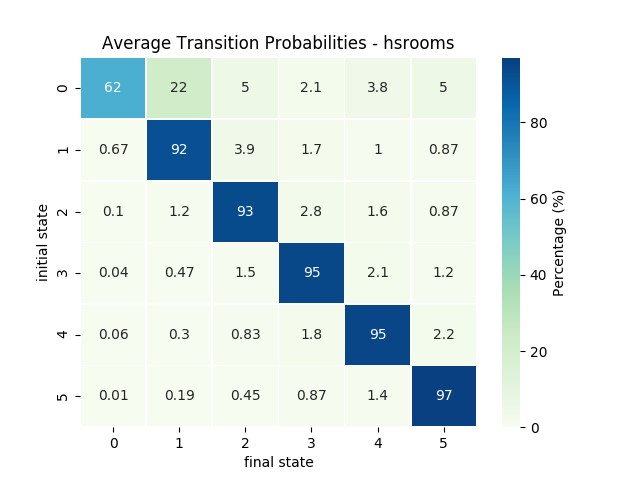
SPENSER provides the framework for estimates of population which are dynamic and high resolution (at household level), and a comprehensive set of tools for user customisable scenario projections.
With increasing populations and limited resources, it is important to have an accurate idea of how and where the population is going to grow. This is essential for efficient planning of infrastructure: road networks, energy supply, healthcare and retail.
The Office for National Statistics (ONS) produces a census every 10 years with estimates at a fine spatial scale, as well as lower resolution yearly population estimates. However, unexpected events occur, resulting in a constant requirement for readjustments, which highlights the need for open source customisable projection models such as SPENSER.
Project aims
To play a part in the development of SPENSER, specifically:
Understanding the Science
Understanding Society is a longitudinal study following ~40,000 households for seven years. Features of interest such as household composition, number of rooms etc. were selected, producing a count of households in any possible combination of features (states). These act as a population seed from which population can be projected. The changes or transitions that occurred during the study were then used to generate probability matrices, stating the probability of being in state j at time t+1, given state i was occupied at time t. Monte Carlo simulation can then be used to generate random numbers. These numbers are compared to the associated probability to determine whether a transition occurs. This process is repeated for every subject and time is moved forward, essentially projecting the population.
SPENSER has a spatial interaction module which is used to predict population flows. Using ONS data and forwarding address data supplied by WhenFresh / Zoopla, internal migration in the UK was examined and the difference in mobility between groups was explored, finding differences in the average distance travelled. In addition, moves were correlated with the difference in crime rate and green space at origin and destination.
Results
This project feeds inputs from the transition matrix to the dynamic household microsimulation module of SPENSER, ultimately acting as a key tool to produce population estimates at the household level. The project serves as a demonstration of the use of current software in SPENSER with a different data set, confirming the validity of integrating new datasets to complement the census and ONS data. It is also the first addition of longitudinal study data to SPENSER, increasing the potential customisation of scenarios.

Applications
SPENSER will provide a robust framework for testing a wide range of social-science scenarios and their impact on population change. This could be used by business (in relation to demand modelling) and government (in relation to resource allocation).
Funders / Partners
The Alan Turing Institute
